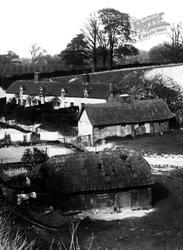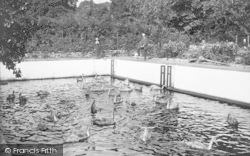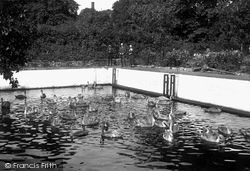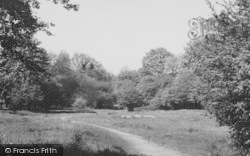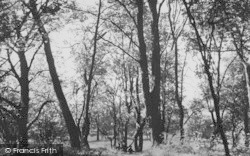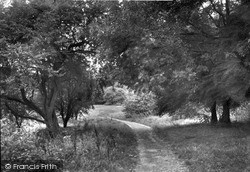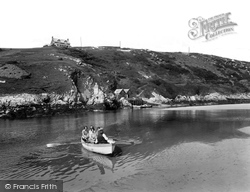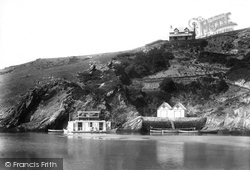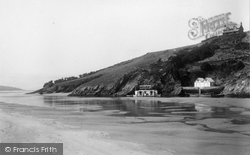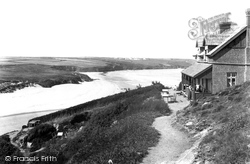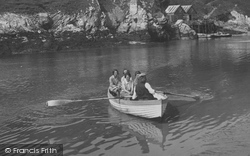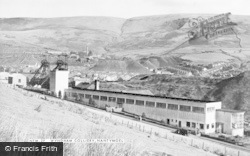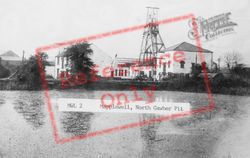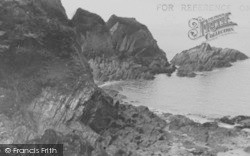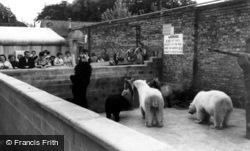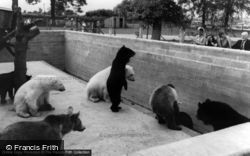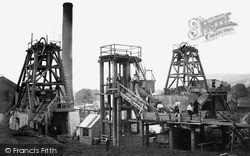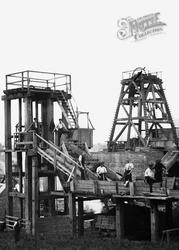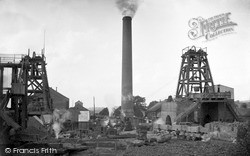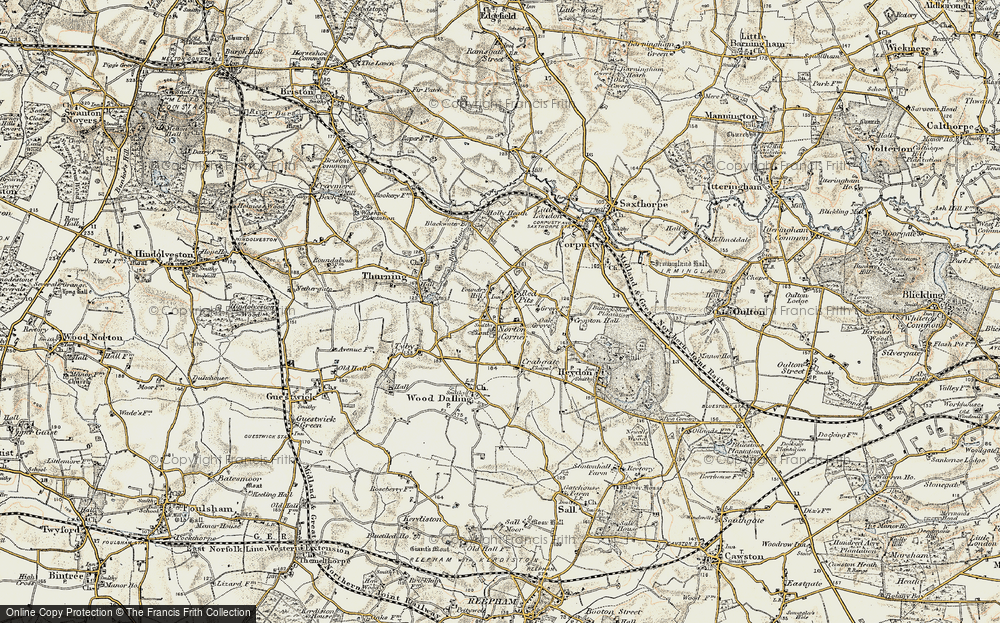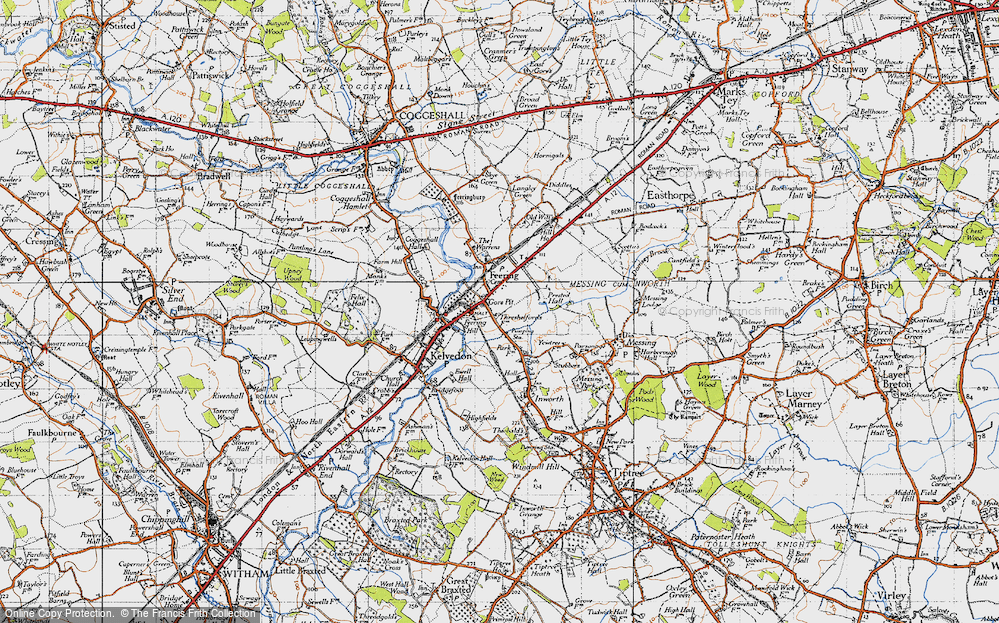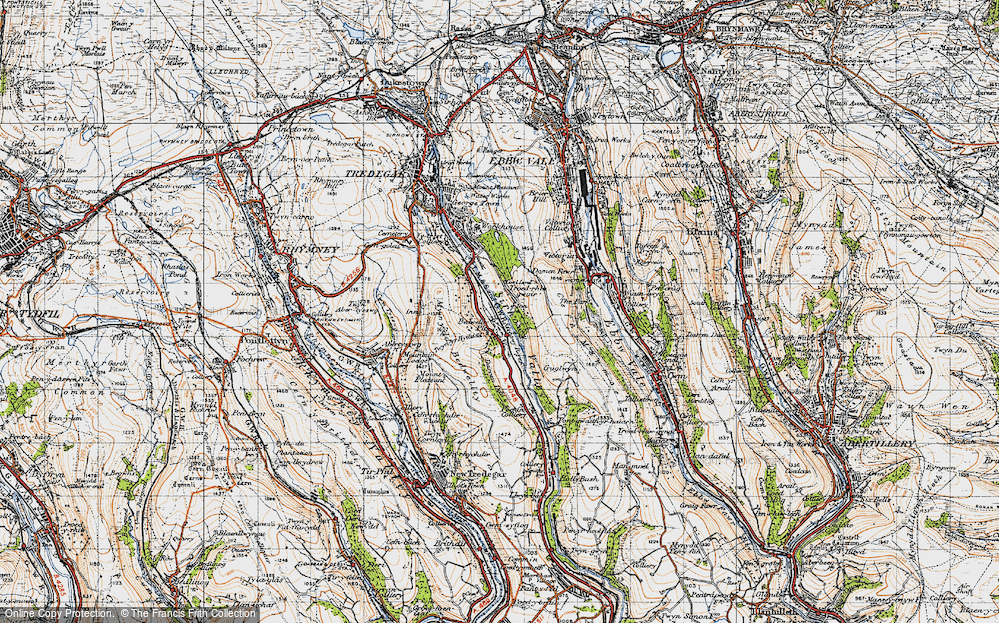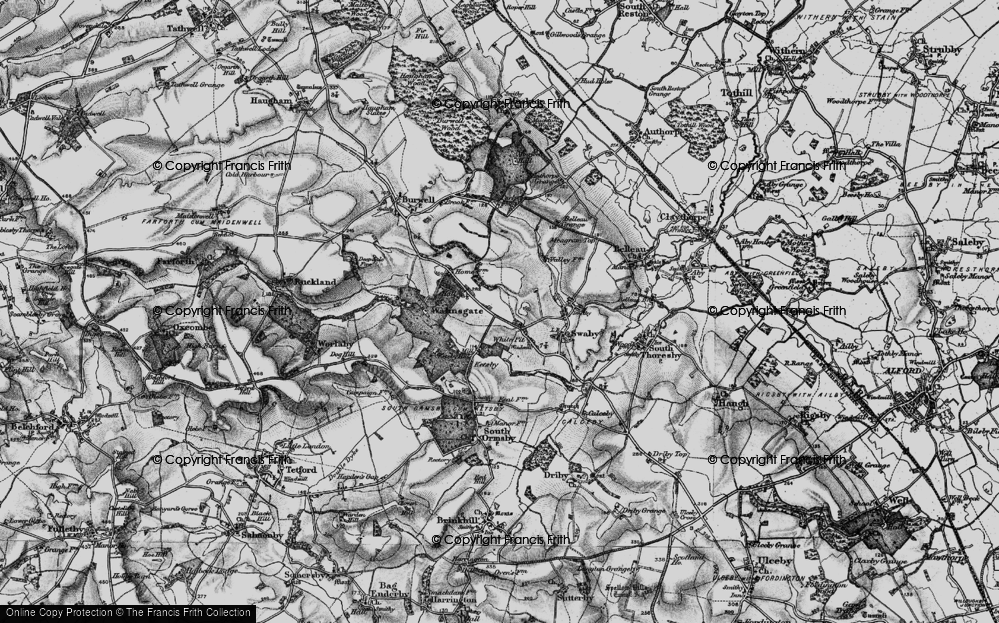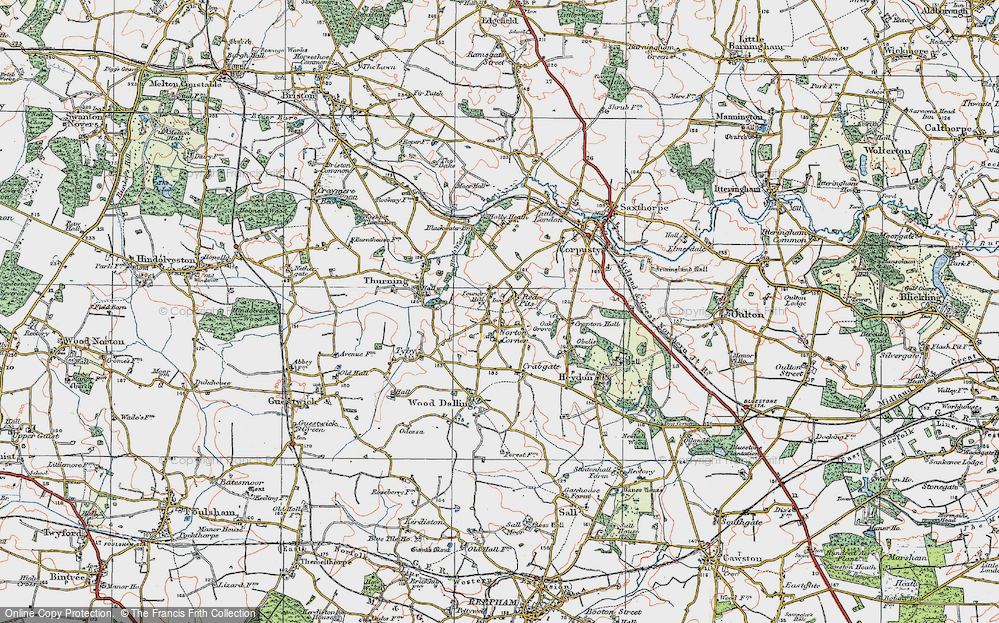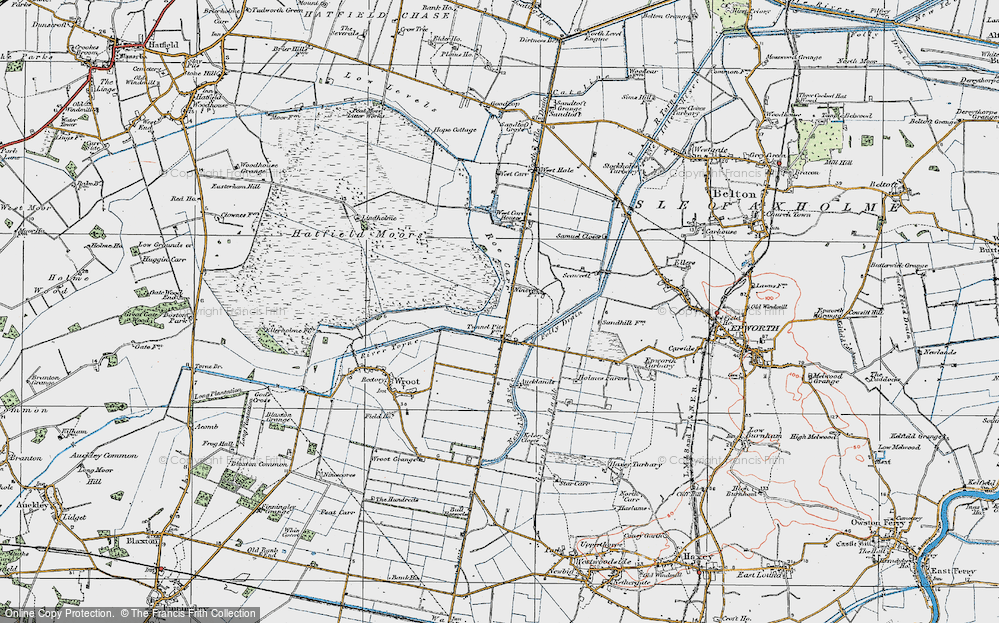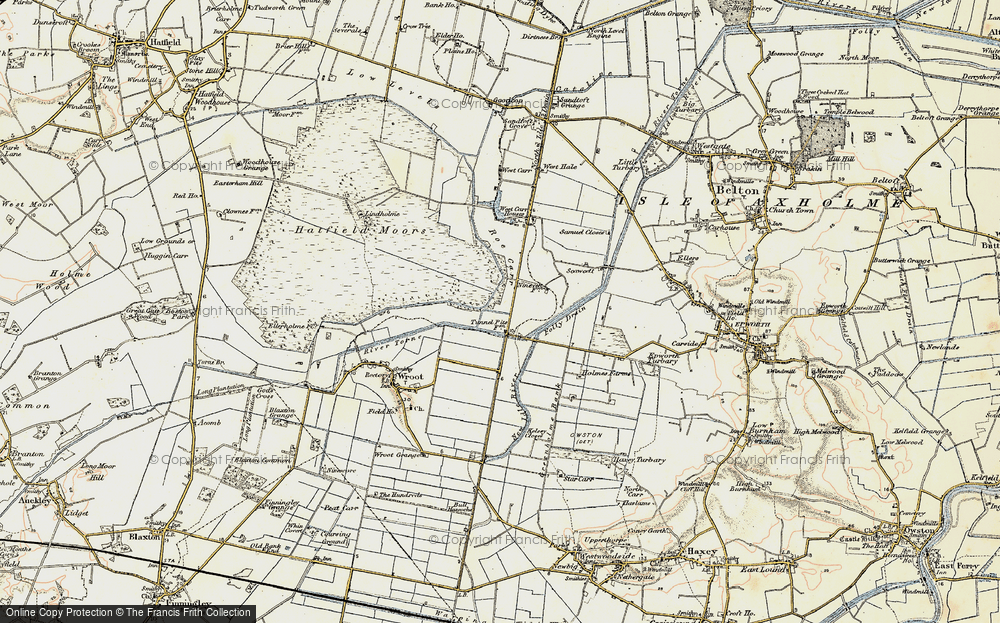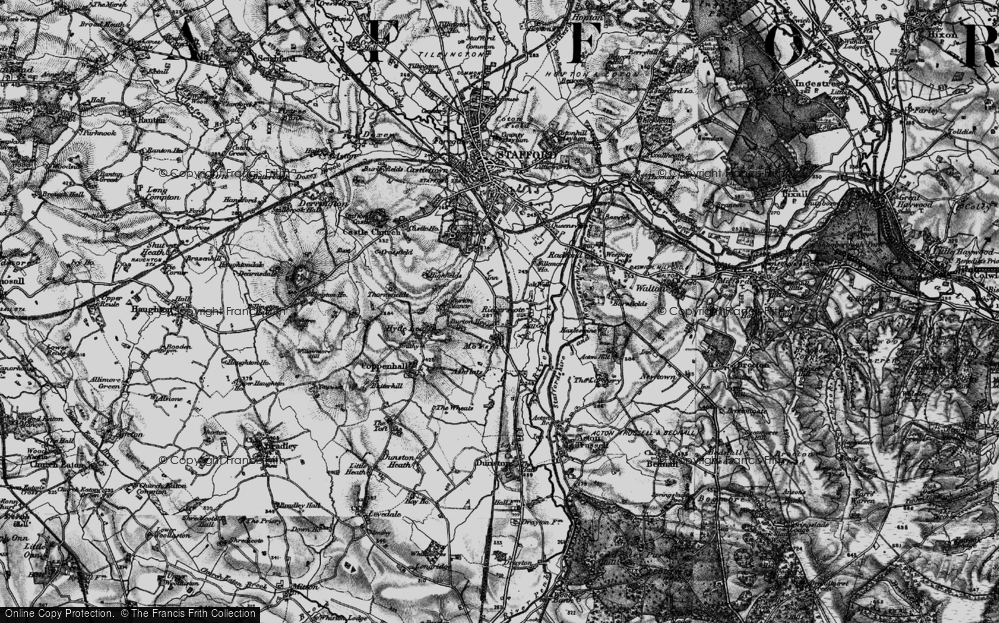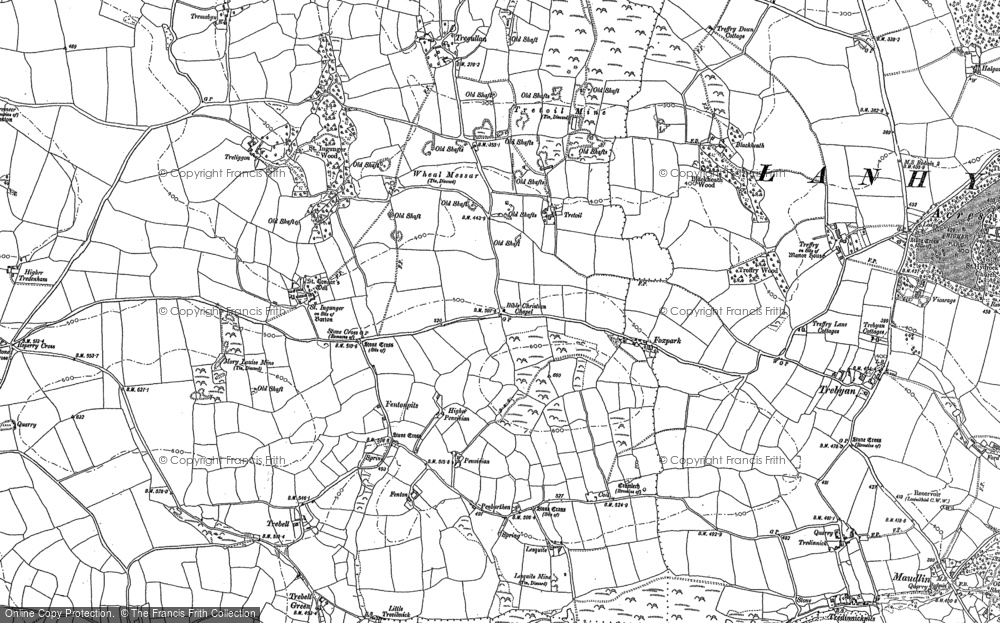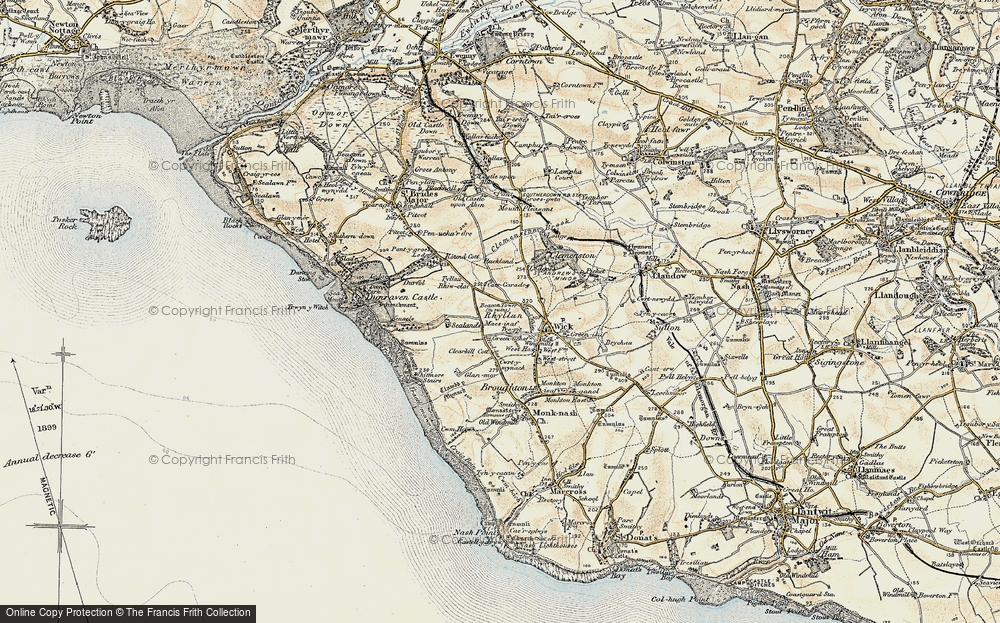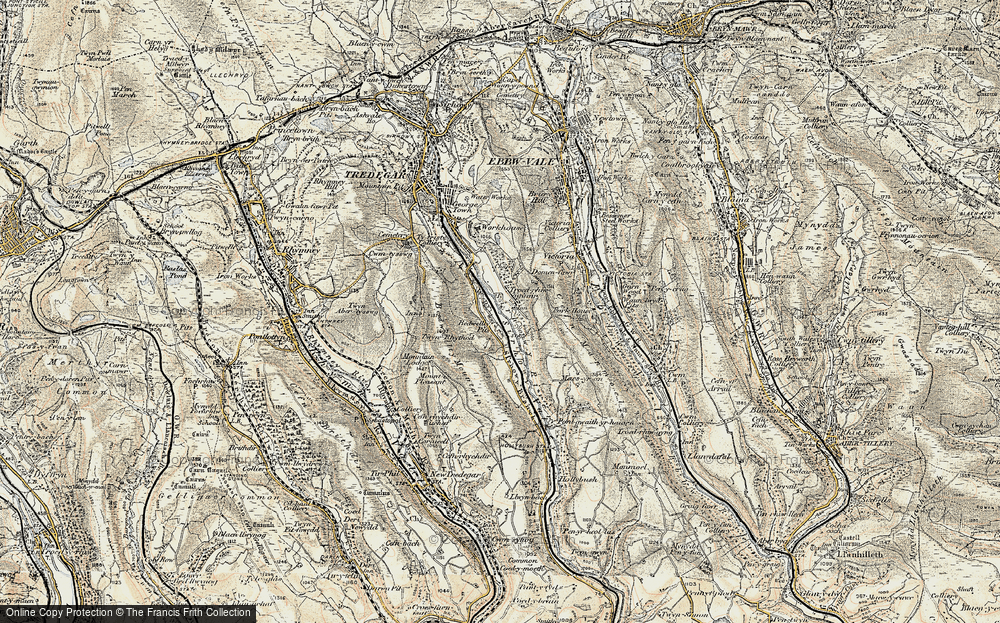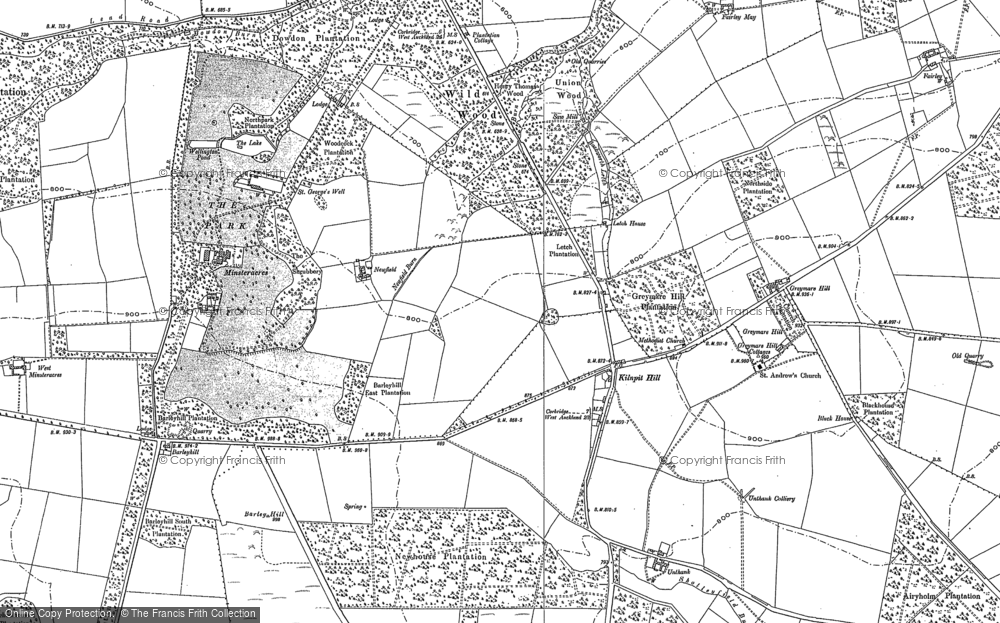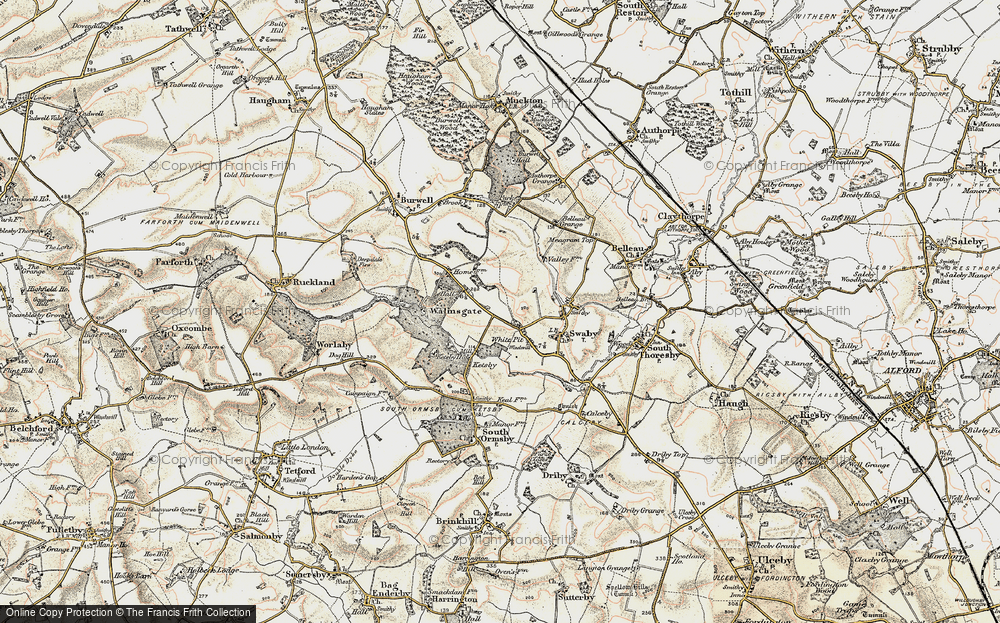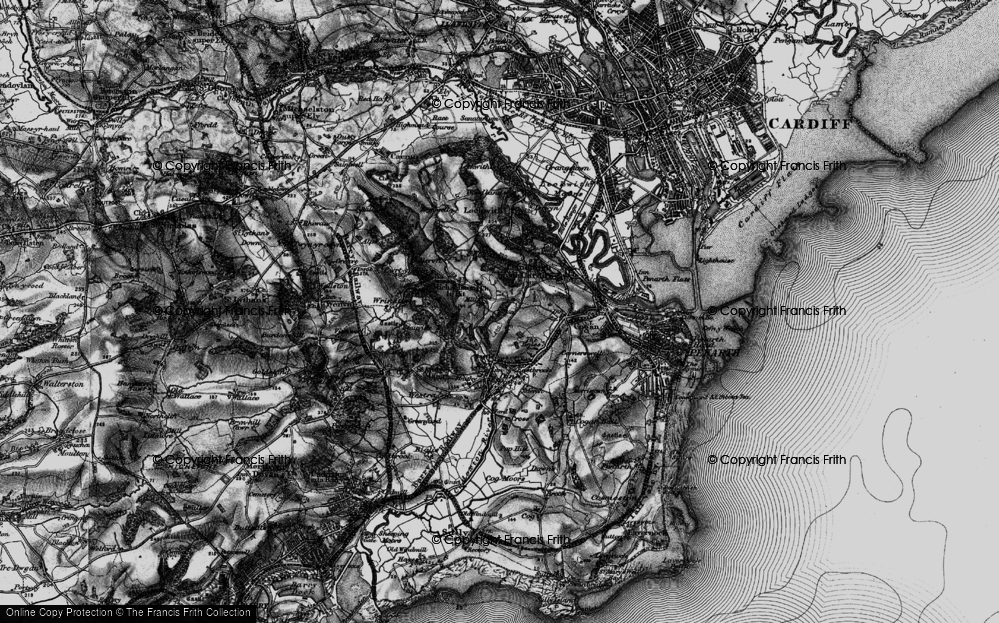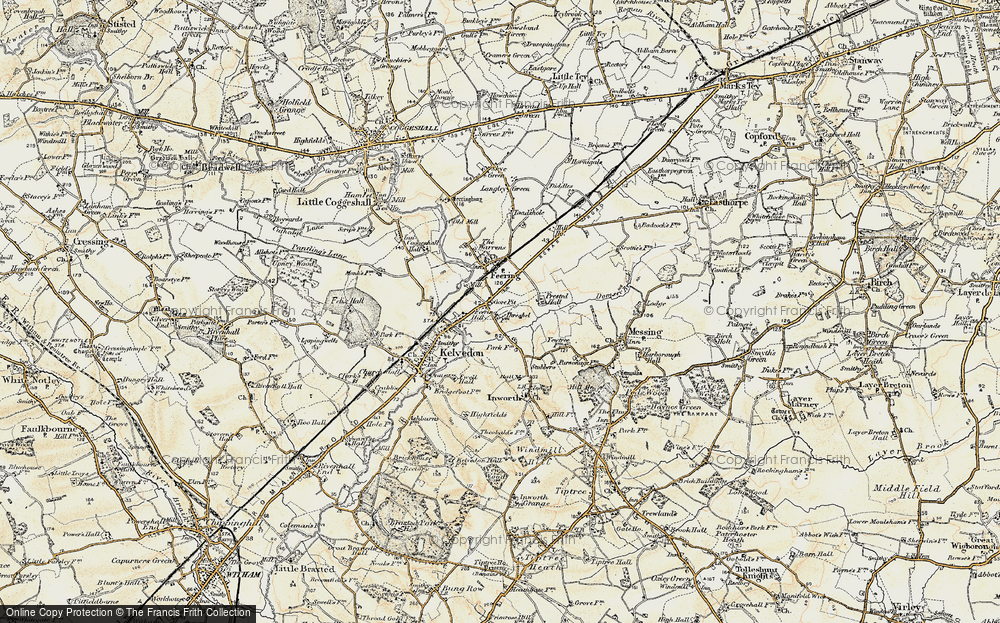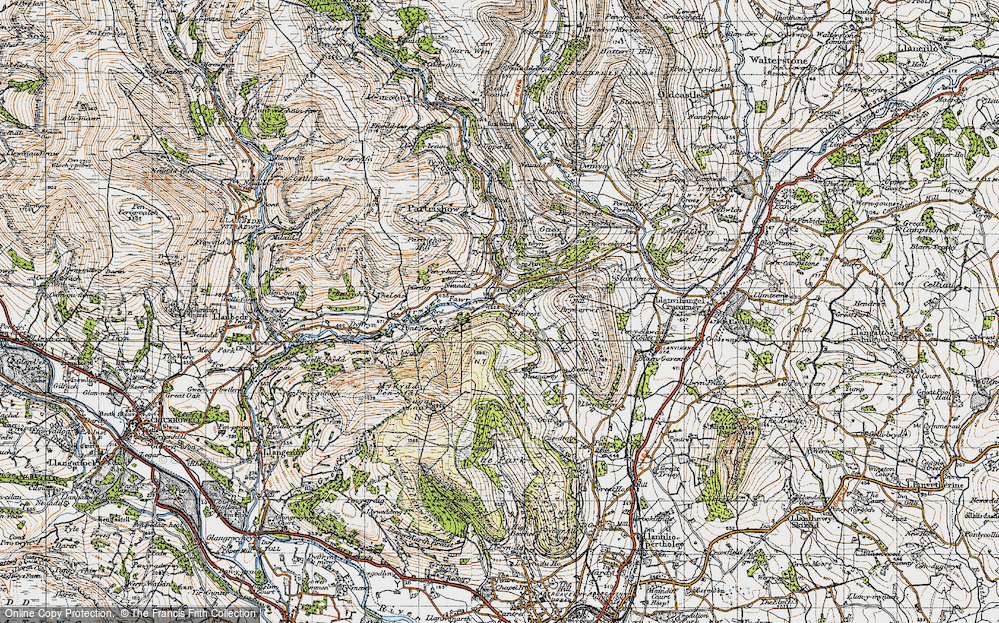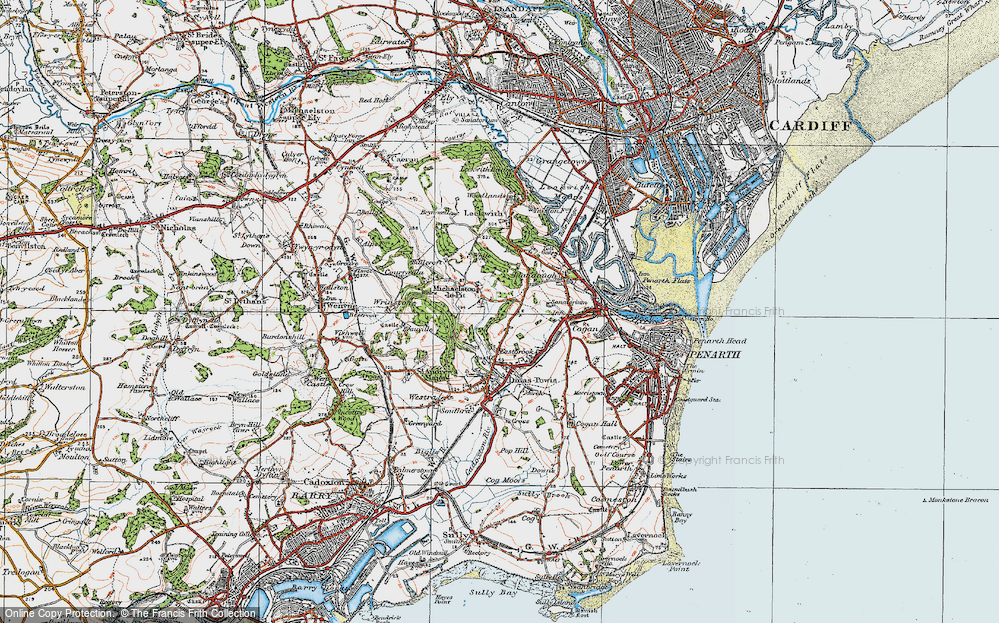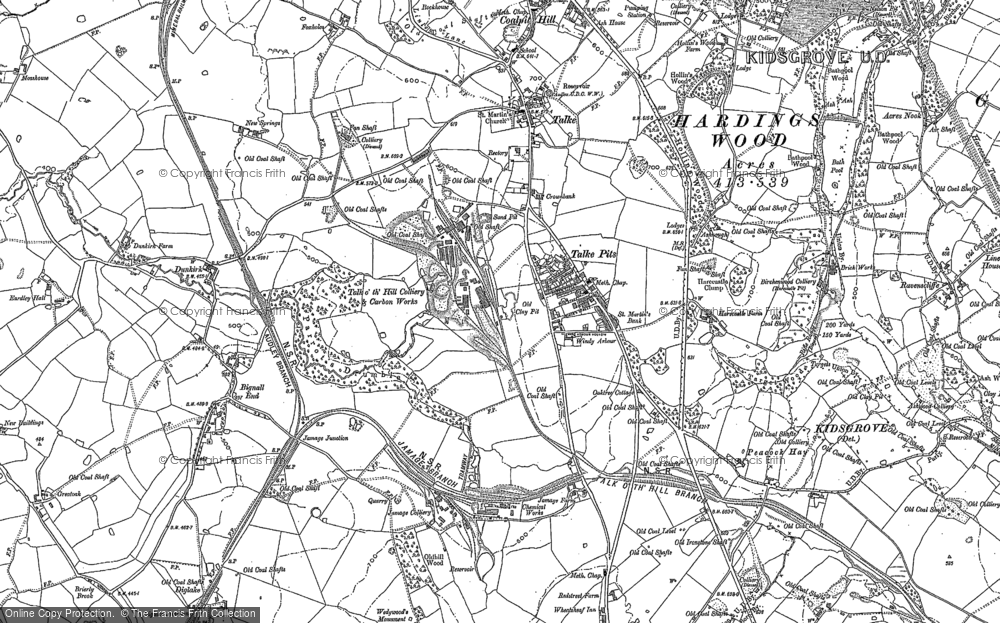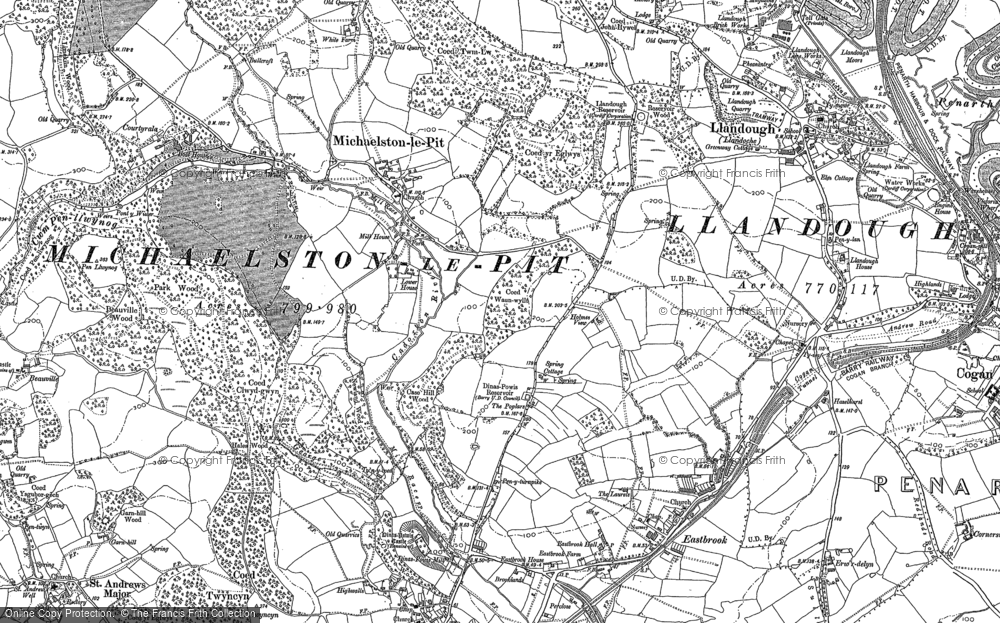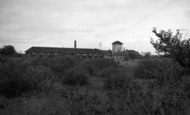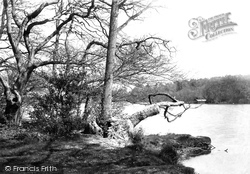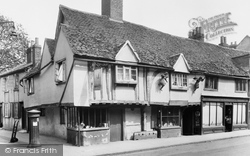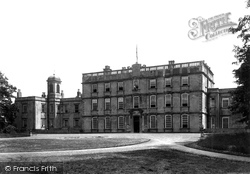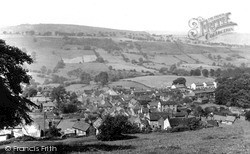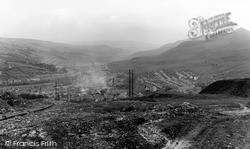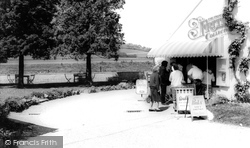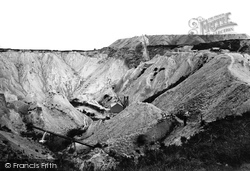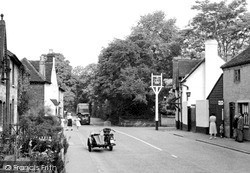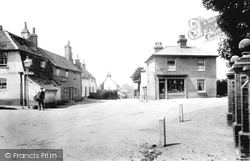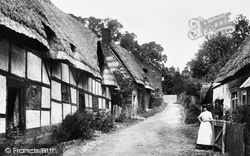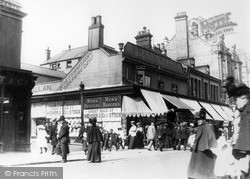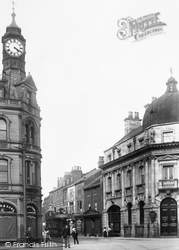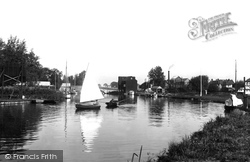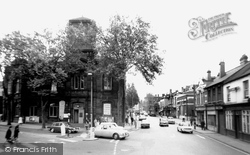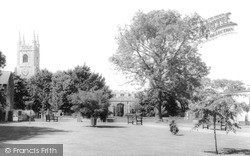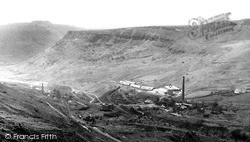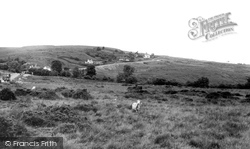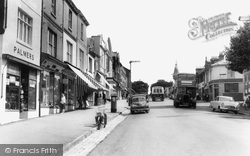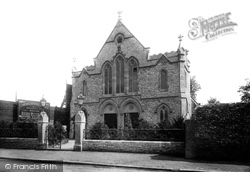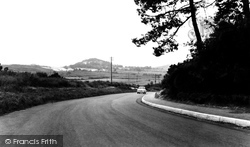Places
15 places found.
Those places high-lighted have photos. All locations may have maps, books and memories.
- Pit, Gwent
- Talke Pits, Staffordshire
- Tunnel Pits, Humberside
- Bedwellty Pits, Gwent
- Fenton Pits, Cornwall
- Slay Pits, Yorkshire
- Tre-pit, South Glamorgan
- Bailey Pit, Gwent
- Gore Pit, Essex
- Moss Pit, Staffordshire
- Red Pits, Norfolk
- White Pit, Lincolnshire
- Even Pits, Hereford & Worcester
- Forest Coal Pit, Gwent
- Michaelston-le-Pit, South Glamorgan
Photos
89 photos found. Showing results 41 to 60.
Maps
84 maps found.
Books
Sorry, no books were found that related to your search.
Memories
866 memories found. Showing results 21 to 30.
Part 6
The village provided labour mainly for the Meadows Pit that was opened in 1824 and also for other local pits – Adventure, Resolution, Alexandrina, Hazard, Nicholson’s, Dun Well, Glow Oe, r Em…. to name but a few. At the Rainton ...Read more
A memory of Middle Rainton in 1945 by
Old Sandbach
OK does anyone remember Lunts the hardware shop where the HSBC bank used to be? (my dad bought many a corgi car at this place), the old barbers where Wrights old shop front is, the flea pit pictures and Mrs Copoper - when I used to go ...Read more
A memory of Elworth in 1965 by
Nurses Hostel
Started out as isolation hospital for scarlet fever(?) Used as nurses hostel for nurses from Cliveden, they were taken by coach, was at the back of site, backed onto Aspros( later Sara Lee?) factory, they built Westgate School on e ...Read more
A memory of Cippenham by
Normanton Memories
i was born and grew up in park row, near the pit where my dad worked all his life, my parents were Elsie and Crispin Ellis, I went to normanton common and normanton modern school from where i left in 1963, i love normanton, but the old town before the motorway.
A memory of Normanton by
Newton Road
My Grandparents (Noel & Doris Rigby) live on Newton Road, the bungalow roughly where the nation speed limit starts (probably early 50's, and my Grandfather had a Pit by Billinge Hill
A memory of Billinge Scarr by
New Back Row
Been reading some off the messages. I lived at 456 New Back Row, ie the ten houses left in 1963, moving to Yorkshire. I only get back for the unhappy times if you now what I mean. I had a fab childhood with 3 bros and 1 siss; Edd, Tom, Bri and Jean - that is when pit was open.
A memory of Wingate by
My Life
I was born in Bangour hospital in 1957 I lived in Garden City bents,I remember the pits as all my family were miners, my dad grandpa and uncles, I remember never being inside , the steam trains with the coal from the Lady pit, and the Fulshea steam engine
A memory of Stoneyburn in 1950 by
My Home Town
Born in 1945 in Dinsdale Ave, Kings Estate, over the field from the pit. My aunts and cousins lived round the doors, it was a very safe and happy environment. The youngest of four, the world was our oyster. We roamed the fields and ...Read more
A memory of Wallsend in 1950 by
My Home Town
I was born in Burgess Hill in 1947 and lived there until 1971. I lived in St. Wilfrid's Road and went to Junction Road Primary School. Our headmaster was John Freestone, who was quite a well known singer, and a very kind and ...Read more
A memory of Burgess Hill by
My 1st Job
In the mid 50s my grandparents moved from Bedwas S Wales on retiring from the local colliery. He chose Arlesey and moved in next door to his sister, Olwen, on Station Rd no 21. I also had another great aunt, Beatrice, she lived over ...Read more
A memory of Arlesey in 1960 by
Captions
118 captions found. Showing results 49 to 72.
Fritton Lake, like the Broads, originated as a series of peat pits in the medieval period. It was later used as a duck decoy. The ducks were drawn into the decoy by the decoy man's dog.
The photograph shows the Cock Pit as it was in 1929. The post box is a unique Victorian model dated 1856. The stocks are thought to have come from Clewer in the late 1920s.
had become one of the leading ironmasters in South Yorkshire, thanks to a leasing arrangement with the Earl of Shrewsbury which gave him access to Shrewsbury charcoal woods and coal and ironstone pits
The village of Winster is one of the most complete 18th-century villages in Derbyshire, founded on the wealth won from the numerous lead mines which still pit the fields which surround it.
Bishopsteignton was once a rich manor belonging to the Bishops of Exeter; in the 19th century it was producing thousands of tons of ball clay (so called because when dug it tends to ball up like ice cream
As a memento to the worst degradation of the coal-mining century, and to the Industrial Revolution in general, this awful scene of the leftover debris is as bad as it gets.
The Chalk Pits industrial and historical museum is nearby, next to the main line railway station.
Carclaze started as an open excavation for tin, and it was often visited by tourists in the early 19th century. Only later did it become a china clay working.
Some of the buildings in the village are built from a grey stone quarried from the fuller's earth pits.
French soldiers were held as prisoners at Odiham during the Napoleonic wars, living in a camp dug out of an old chalk pit. The churchyard contains the graves of several prisoners.
In the garden of No 2, on the bottom left of the picture, a plague pit was found with the remains of five skeletons, a legacy of the Black Death in 1348- 9.
South Shields was not only a port with shipyards and ship repairers; it was also a colliery town, with a pit almost in the town centre.
It was down Baxtergate that Freeman, Hardy and Willis had their branch. Coal mining was a major employer: Doncaster was ringed with pit villages.
It was down Baxtergate that Freeman, Hardy and Willis had their branch. Coal mining was a major employer: Doncaster was ringed with pit villages.
The banks of the Bure here are pitted with artificial basins, where boats lie up in safety during the long months of winter.
As at Tipton and Wednesbury, the 30 ft seam of Thick Coal was near the surface at Bilston.Though there is evidence for coal pits at the time of Edward I, Bilston came into its own during the 19th century
This beautiful sunken garden has been created in a disused gravel pit. Following the death of the owner, the site was acquired by the town and first opened to the public in 1960.
Most of the Rhondda was deep pit mining but there is evidence, in the right foreground, of some open cast mining on a small scale.
However, people have always lived here, and the hillside is covered with the remains of bell pits - ancient open-cast mines where people have dug for coal from the 13th century.
A few doors up is the distinctive facade of a small cinema, or 'flea pit' as they were sometimes known.
The Congregational Church stood to the east of the police station on the south side of Carshalton Road, until it was demolished in 1976 as part of a scheme of road improvements.
Trees now obscure this view, but the surrounding heathland has become even more scarred by clay pits, sand extraction and a brickworks.
This beautiful sunken garden has been created in a disused gravel pit. Following the death of the owner, the site was acquired by the town and first opened to the public in 1960.
A few doors up is the distinctive façade of a small cinema, or 'flea pit' as they were sometimes known.
Places (15)
Photos (89)
Memories (866)
Books (0)
Maps (84)


